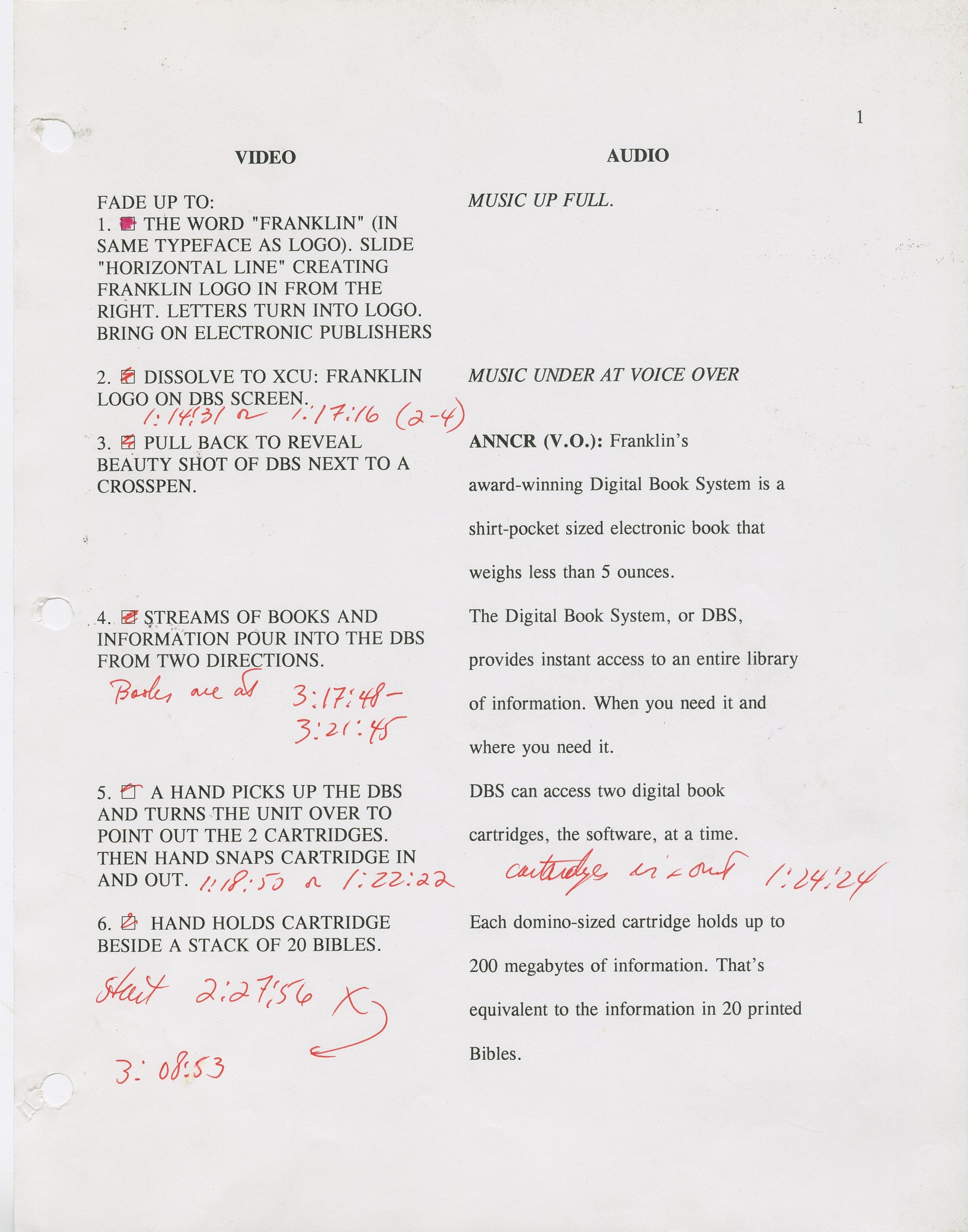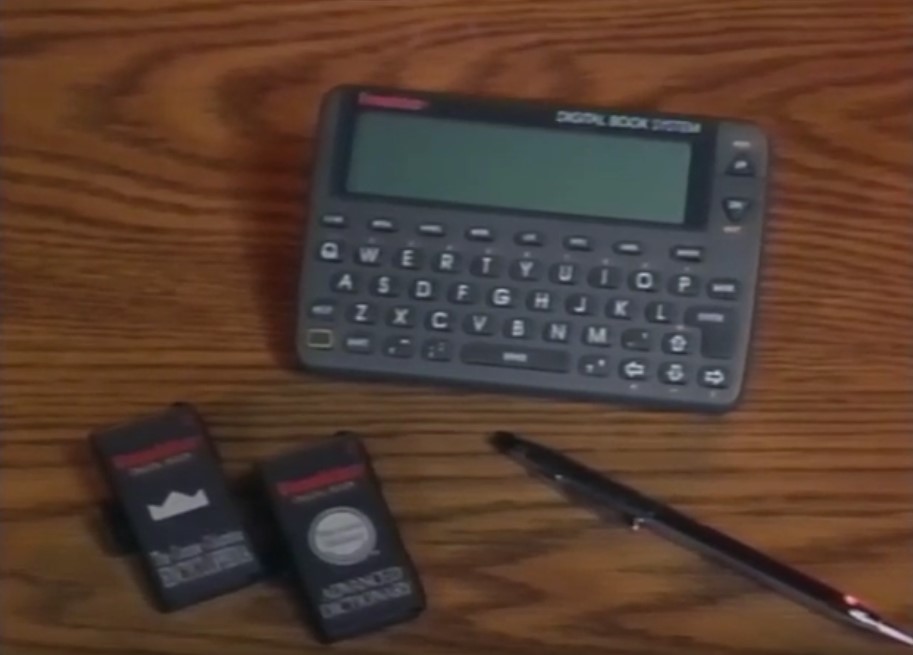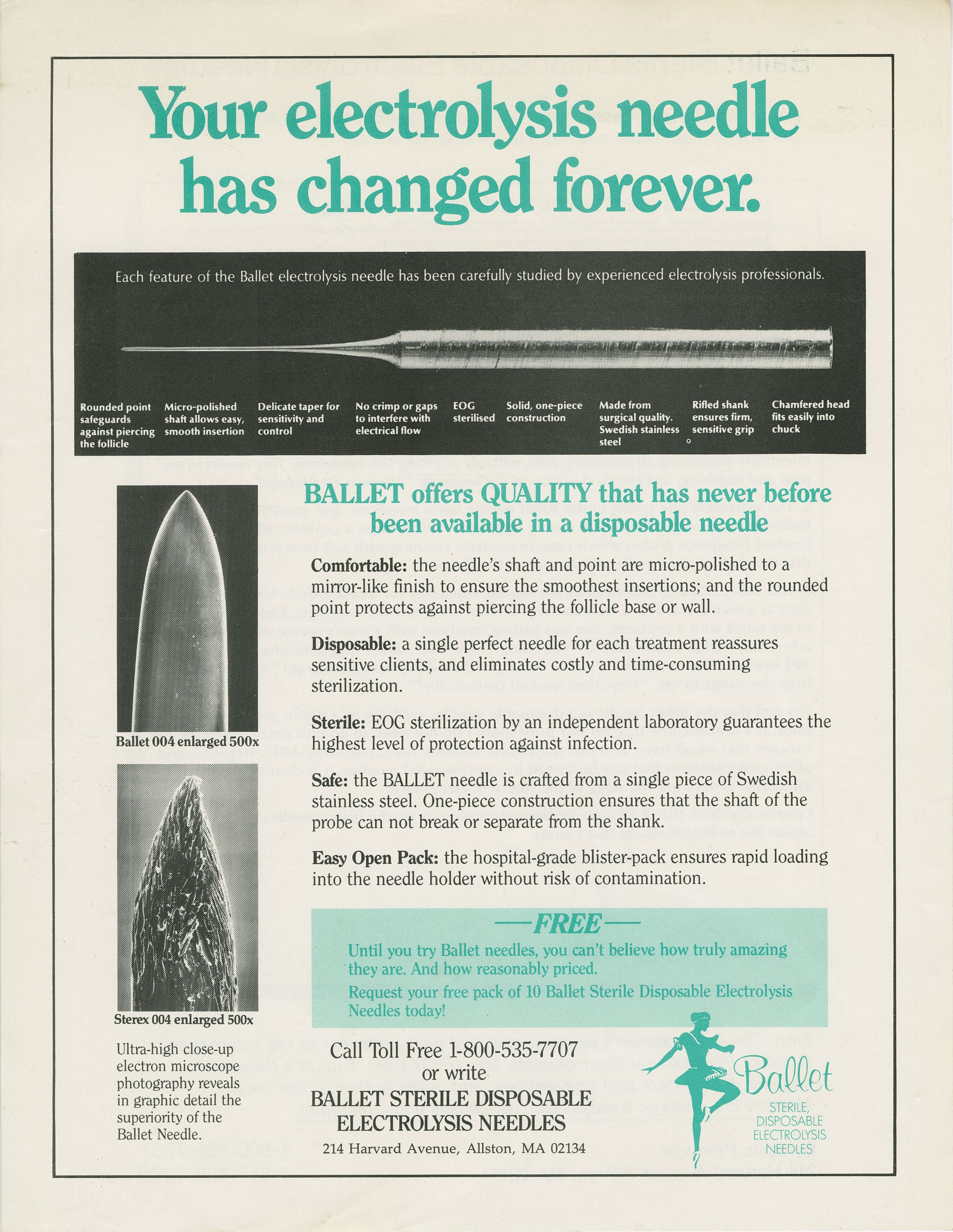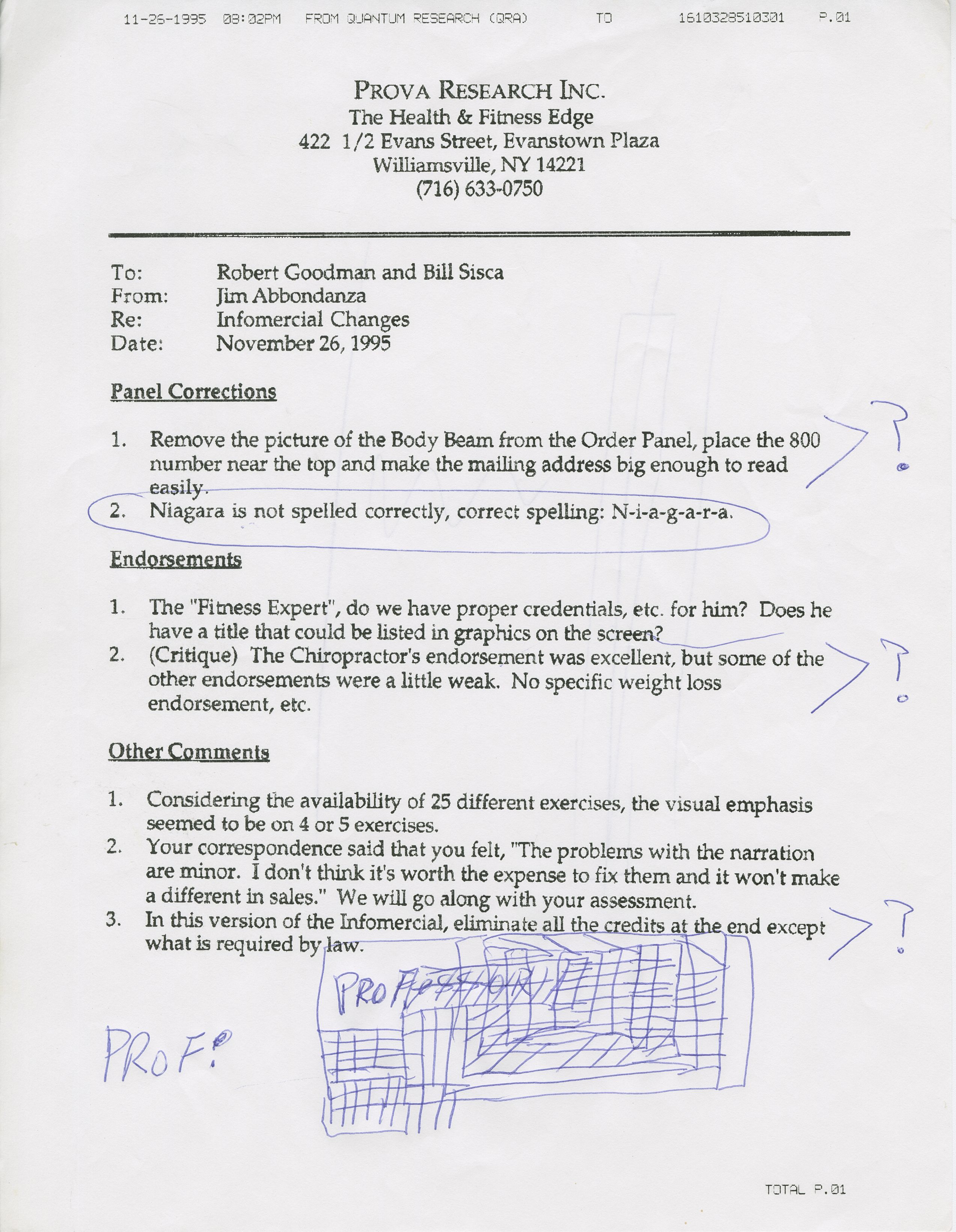How can nostalgia be educational? As archivists, we are often struck with nostalgic feelings as we process collections. This feeling can be stirred by particular images, materials, and technologies that we encounter in a collection. When I processed the WSJV News Collection I was often overwhelmed with nostalgia for the fashions, graphics, landscapes, and news topics that brought me back to growing up in northwest Indiana during the 1990s. The Robert Goodman Collection, 1958-2006 (bulk dates 1987-1994), also contains nostalgic gems for anyone eager to hearken back to the 1980’s and 1990’s. We can use our sentimentality for times past to learn more about the specific technologies and aesthetic tools that define this time for us.
The Indiana University Libraries Moving Image Archive (IULMIA) received this collection of papers, videotapes, films, and technologies in 2018. The collection is processed and open for research. We are thrilled to share the finding aid for the papers. This is the IULMIA’s first Encoded Archival Description (EAD)-level finding aid shared on Indiana University’s Archives Online. To celebrate this event we have created a supercut video featuring Robert Goodman production excerpts from 1988-1994. This post provides some context for the video and the collection as a whole.
View the finding aid here! http://purl.dlib.indiana.edu/iudl/findingaids/iulmia/VAE0789
View the video below!
Robert Goodman (born 1953) is a writer, director, producer, and educator from Pennsylvania. He has produced documentaries, commercials, marketing videos, and other non-theatrical film and video works since 1977. Since the 1980’s and the inception of his company, Goodman Associates, Inc., he has specialized in producing product commercials and infomercials, employee training guides and product manuals for companies, and educational productions for public entities and organizations. His collection at IULMIA represents this body of work through audiovisual media (in the form of tapes and films) and paper material. Processing this collection was a complex experience, as I had to both think of these materials distinctly (describing and organizing film and video is quite different from describing and organizing papers) and as two corresponding parts of a whole. The papers, which include research materials, scripts in various revision stages, proposals, correspondence, and project-related administrative records, provide details and context for the films and videos. In return, the films and videos give visual character to the paper materials.


Although Goodman produced works for many corporate entities and public organizations, the majority of his productions served the industries of health and beauty, telecommunications, and emerging information technologies. Because of the promotional nature of his productions, we can use Robert Goodman’s materials to trace how these industries described their products to the public. We can even see echoes of this in the present. For example, it might seem immediately quaint and funny to us that in 1994 the Franklin Digital Book System described its cartridge storage capacity (an amazing 200 megabytes!) in terms of “the information in 20 printed bibles.” Upon further reflection, however, we can see this as an important moment in the history of the book. In an era of early networked technologies and electronic publishing, the canonical bible could orient the viewer in a strong tradition of book history. Similarly, an actor in a 1994 Primestar digital cable guide explaining how she wants access to “the old movies, with Fred Astaire, Ginger Rogers…” reassures the viewer in a traditional canon of American films. We can see nostalgia working on two levels here. First, we as contemporary viewers may be nostalgically amused by these early 1990’s technologies. Second, the producers in the 1990’s were using their powers of nostalgia to ward off any feelings of discontinuity or meaninglessness the consumer could feel about new technologies.



The commodification of nostalgia is just one of many possible research avenues the Robert Goodman collection provides. A wide range of researchers can use the Robert Goodman collection to probe the relationship between the past, present, and future. Disciplines as diverse as marketing, cultural studies, gender studies, history, information technology, health fields, anthropology, and media studies could all benefit from this large and complex collection. The short supercut video features some of the most nostalgia-generating excerpts from the collection (for me, at least); I hope it will challenge you to think about how you could use one of these videos as a doorway to a new research path. And think about how the technologies and products that you use today will be viewed by researchers in the future!
To access the paper records of the Robert Goodman collection, please visit the finding aid on Archives Online. To access video and film materials, please contact IULMIA staff.
Leave a Reply